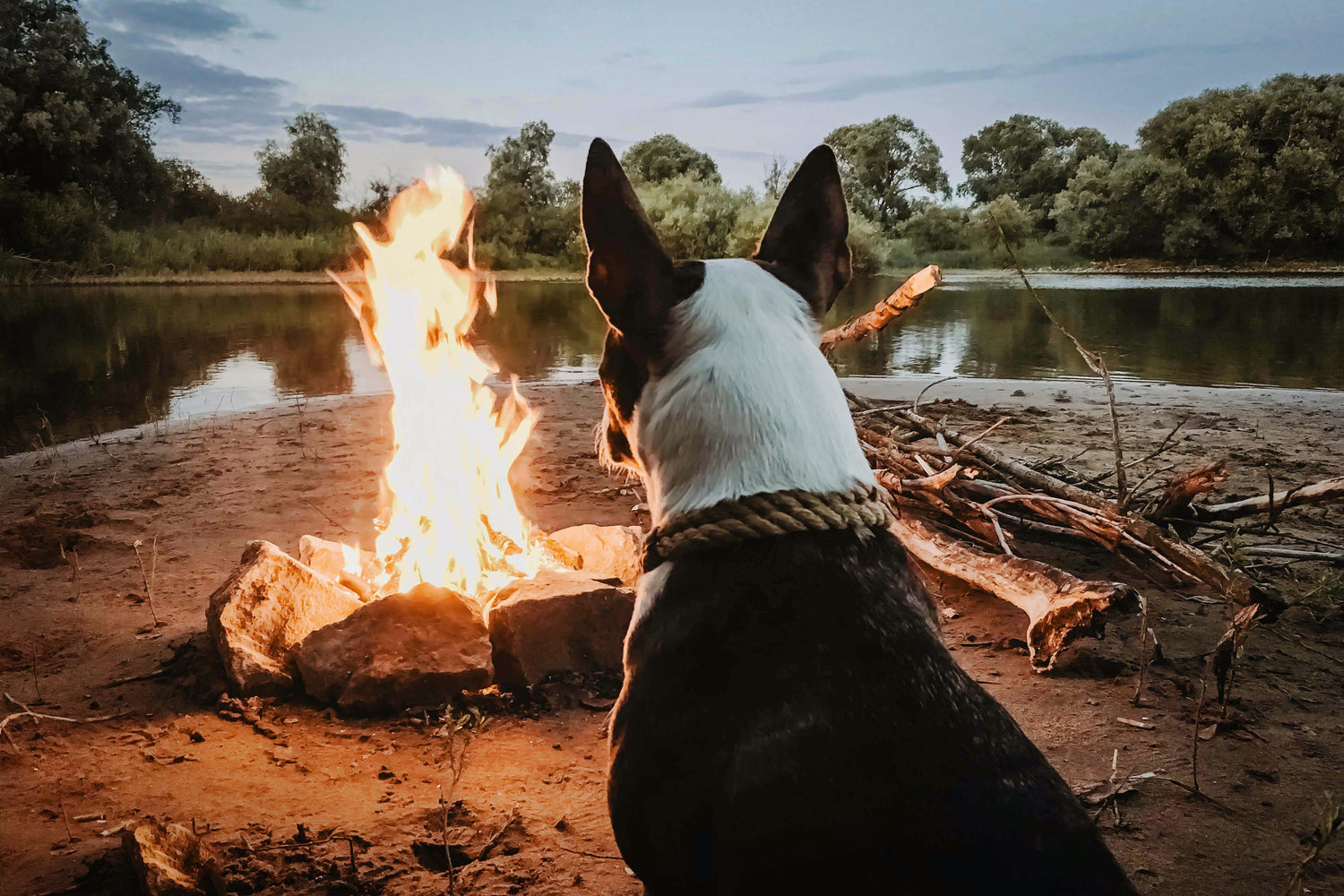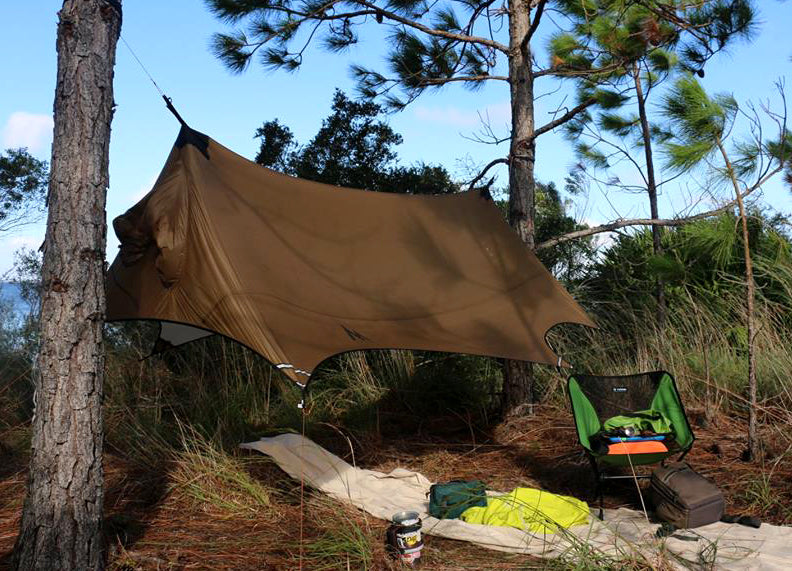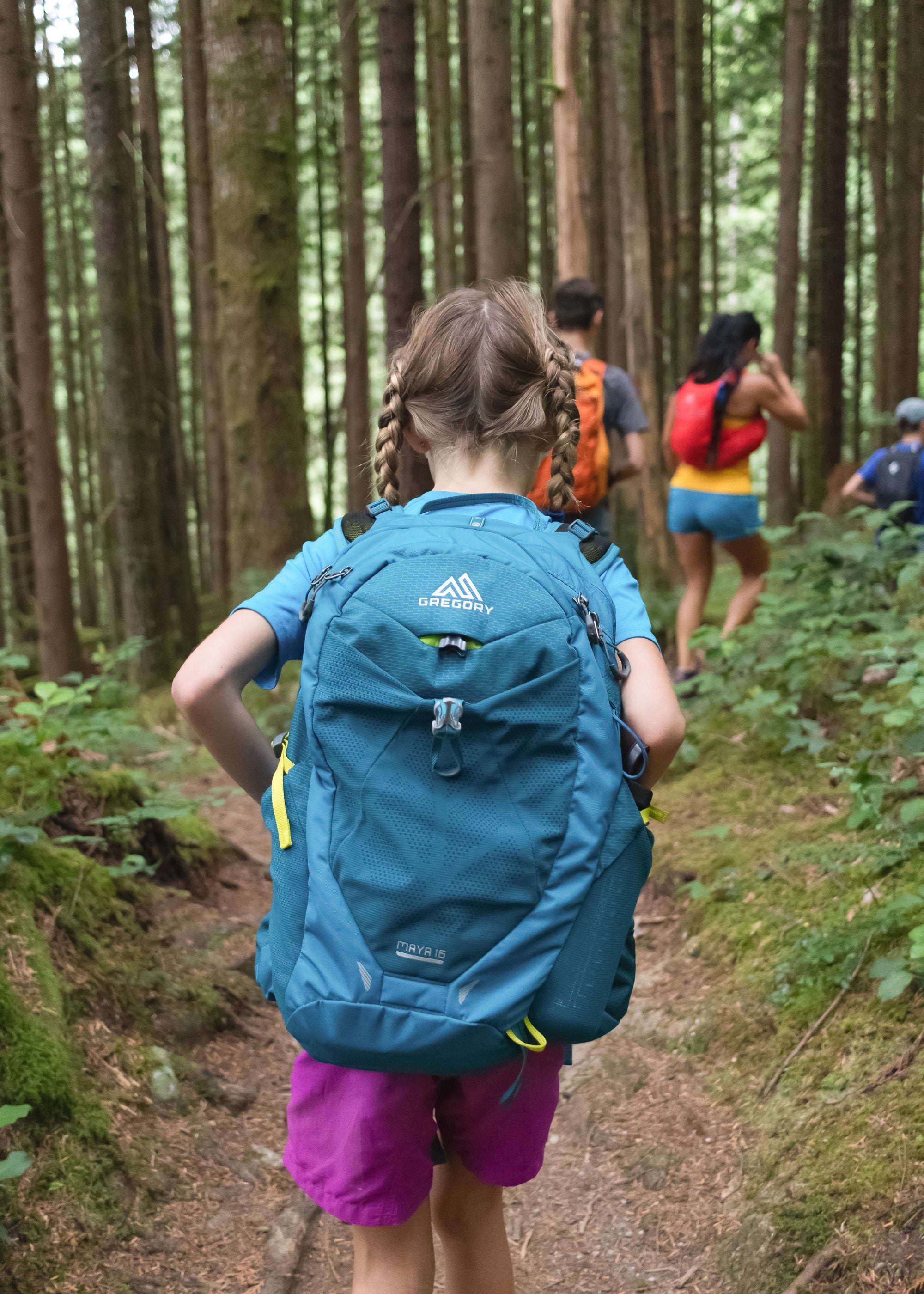
A Quick Guide to Camping With Dogs
If you’re a dog person and also into camping, what better way to spend your free time than by combining the two? There’s a lot to consider when planning a camping trip with your beloved canine, just to make sure everyone is going to be comfortable and safe for the entire experience. You’ll want to make sure of certain regulations, or else you may face some pretty hefty repercussions if you make a wrong move.
With this in mind, let’s dive into what you need to know to maximize the fun and avoid the headaches when it comes to camping with dogs.
Finding a campground that is dog-friendly
As much as we would like this to not be the case, some campgrounds simply don’t allow dogs. There can be a lot of reasons for this, including insurance concerns, laws governing wildlife protection, and private owners of campgrounds just not wanting the animals around.
Whatever the reason, it’s important to make sure the campground you intend to stay at doesn’t have these restrictions in place. If you decide to camp there anyway, you could be in for a pretty hefty fine or other punishments for breaking the rules.
There are plenty of ways to check this regulation. Many campsites have websites that will list their restrictions or contact numbers that you can reach officials at who will be able to inform you of the rules governing that particular campground.
If the place you want to camp is a reserve or state park, you can usually contact a state official of some kind to inquire about the laws governing that particular reserve.
If you’re striking out on the campgrounds you’re familiar with, a quick google search of “dog-friendly campsites near me” should yield you some results. It always pays to double check all the same, but this should put you on the right track.
What to bring with you and your dog
So you’ve found a campground that’s dog friendly? Great news! Now you need to start making a list of what to bring with you to ensure a safe and fun trip for you and your pet.A leash and brushes
You might be thinking, “Hang on — what’s the point of all that space if I still have to keep my dog leashed?”Unfortunately, when you have to share space with other campers, it’s often a necessary precaution. If you find some nice, open space where you can keep an eye on your pet, then they can have some time off the leash.
Plenty of water
It may seem obvious to say it, but your dog needs access to clean drinking water at all times. It’s probably not best to let your pet lick up water from a lake or puddles as this water can be riddled with bacteria that could make them sick. Bring lots of water, especially if you expect your dog to be running around a lot.Poop scooper and bags
This one doesn’t need much explanation. No one likes to step in dog poop, so make sure to scoop it up and properly dispose of it.Dog food and treats
In the same vein as with water, bring enough food and treats for your dog. It can be easy to overlook simple things like food in the rush to make sure the tent is packed and the sleeping bags are in the car, but the last thing you want to do is turn around and go home the first day because you forgot the food!Flea and tick medication
Your four-legged friend might just find that they get a few stowaways caught up in their fur while they’re enjoying their getaway, so making sure you have the tools to deal with any unwanted guests is a blessing.Dog brushes
The outdoors can get really filthy, especially for your dog rolling around in dirt, mud, leaves, and general gunk. At least some of that is gonna end up getting matted in your pet’s fur. Not only is this uncomfortable for your dog, it’s also no fun to wake up to a filthy tent. A sturdy dog brush is the best way to prevent this.I’m at the campsite. What now?
Congratulations, you found a site, packed everything you need, and have finally made it to your weekend escape! The fresh air is great and your dog is loving life. What now? Well, while both you and your dog are having a great time, you’ll still need to look out for their safety.Always make sure your pet is on a leash unless you’re in an area where you can keep your pet in sight and under control. Big open fields or areas specifically enclosed to allow pets to roam are ideal. Don’t let your dog loose on trails or around other campers, as not everyone will appreciate your furry friend.
Make sure you’re aware of the sorts of plants and animals that may be dangerous for your animal. The last thing you want is for your dog to go charging through a bunch of stinging nettles or eating something that they really shouldn’t.
Never leave your pet tied up while you’re not around. Dogs have a remarkable talent for getting themselves into trouble when your back is turned, and in the great outdoors, there are more risks than ever.
Finally, try to keep barking to a minimum, especially back in your tent. Other campers are likely to get pretty upset if their calming outdoor vacation is interrupted by constant barking. The wildlife is also likely to find this upsetting, and campers and pets alike would rather avoid having deer stampeding through the woods.
Heading home with your dog
Once your retreat has come to an end, it’s important to make sure all of your gear and supplies are packed up and taken home. If you’ve brought just about everything suggested, then it’s important to leave with all the waste as well. Used items like leftover tick treatments or plastic bottles could have disastrous effects on the wildlife and plant life. The camping rule of thumb is to always leave a campsite more kept than how it was when you arrived.It’s also important to take the poops that your dog has done and dispose of them somewhere appropriate, rather than leaving it behind for the next camper to stumble across.
By following these steps, you and your dog will have all the tools needed to plan your next getaway in the great outdoors. Happy camping!



